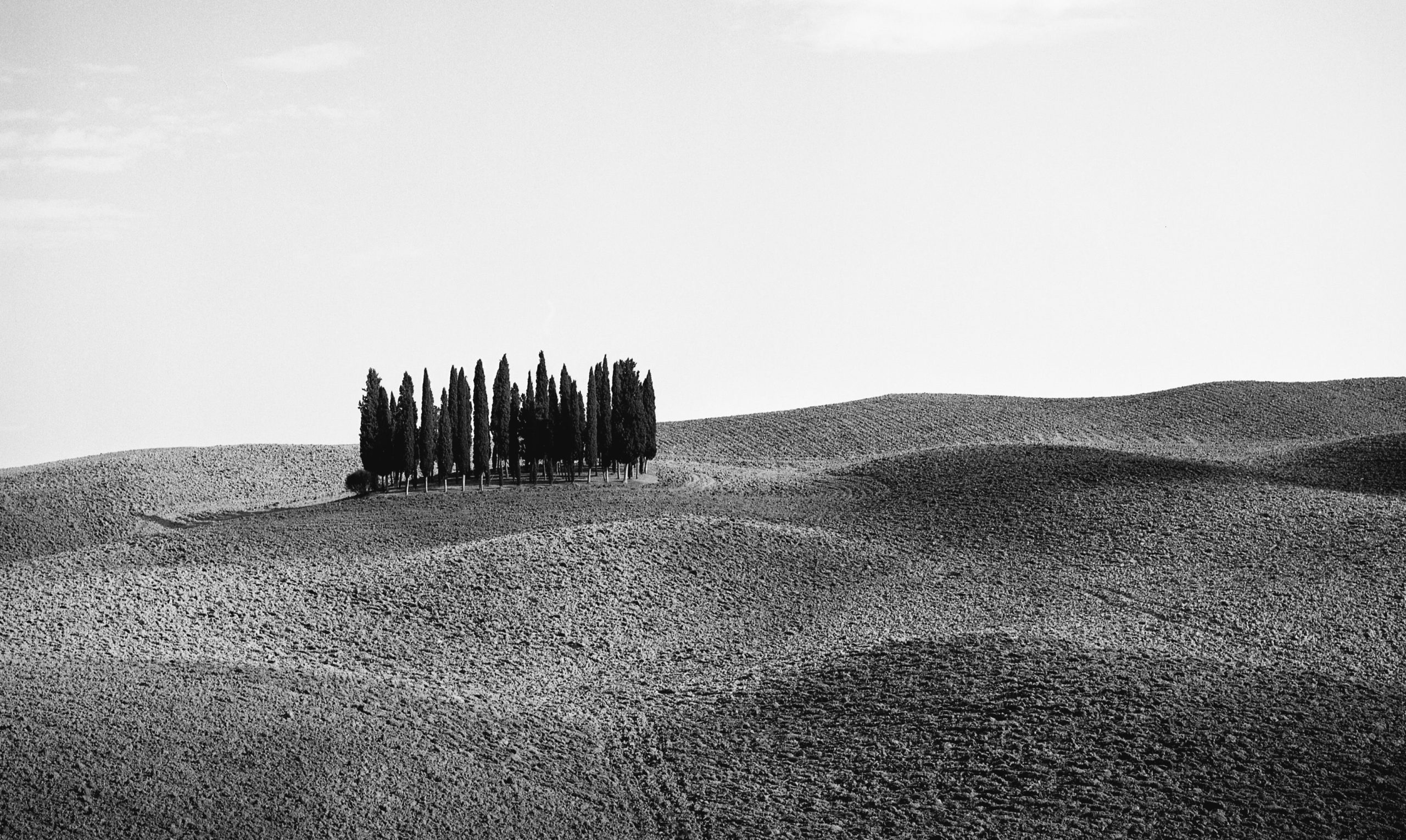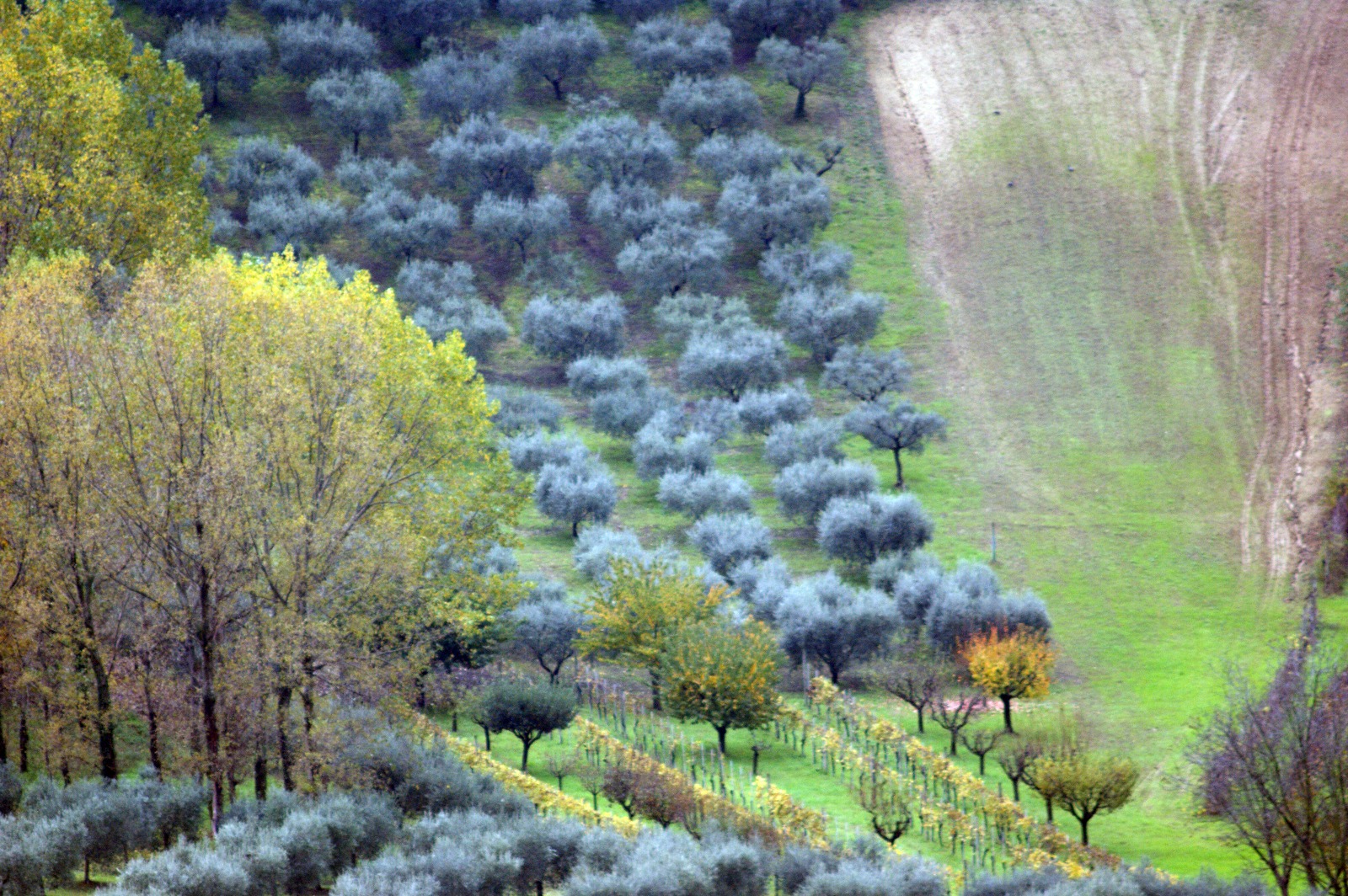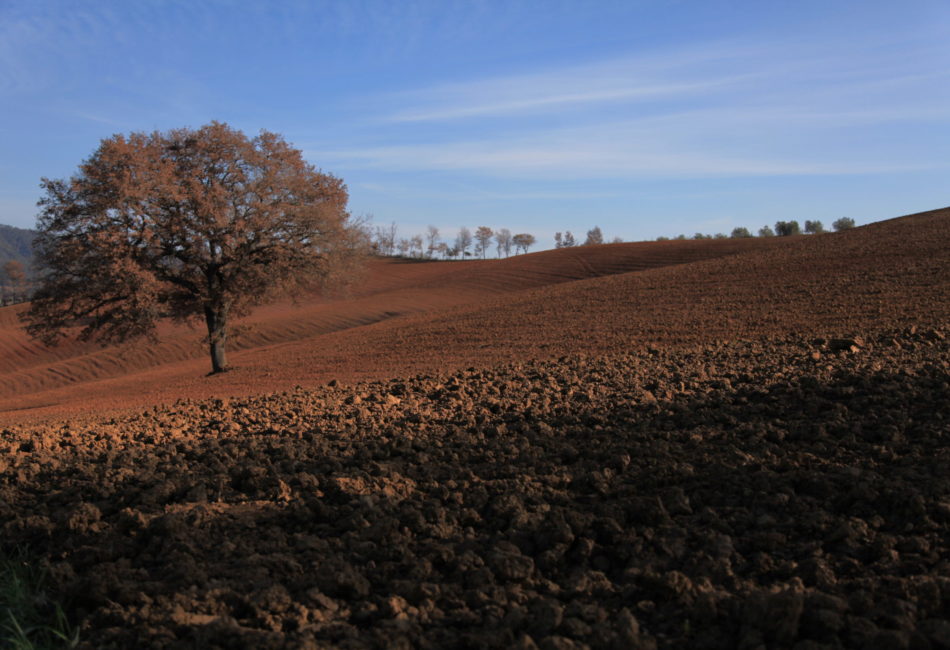
ETRURIO
Tuscany, our land
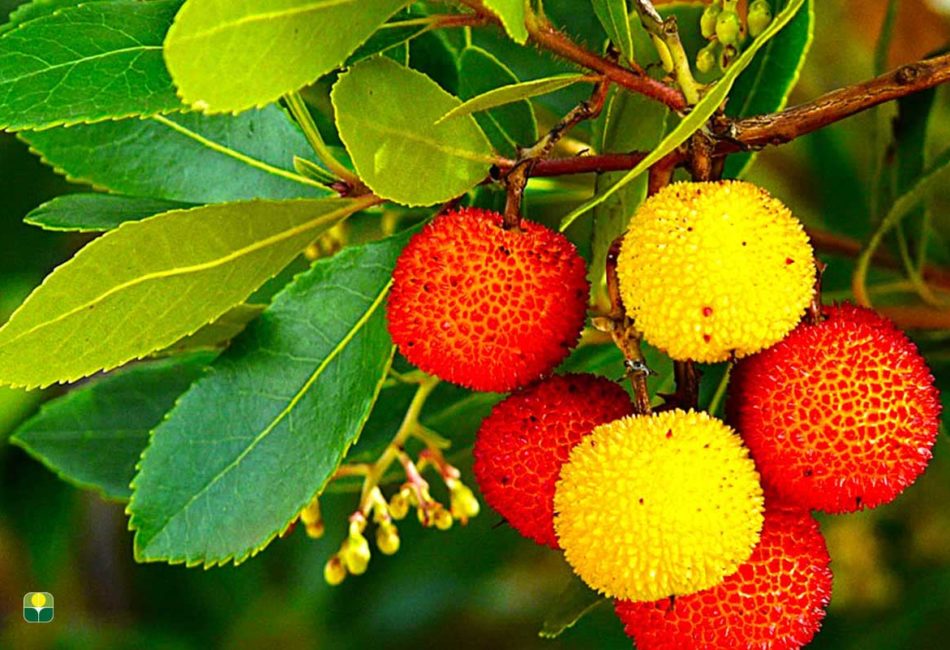
ETRURIO
Forgotten fruits
Pistachios varieties
ancient saved germplasm
THE GREEN GOLD
BIODIVERSITY
The development of intensive cultivation favoured the introduction in the modern orchards of only few cultivars that make possible the standardization of production. This turn out in the loss of attention on the most local germplasm that, being the result of centuries of selection and adaptation to the local environmental conditions, can be an interesting source of genes for breeding programs and for the production of value-added cultivars. In this perspective, discovery, identification and conservation of endangered plant genetic resources is important to preserve biodiversity of less common cultivars from the risk of genetic erosion.
SInce 2018
FORGOTTEN FRUITS
That officinal plants that spontaneously grow in the Mediterranean maquis are enclosing little treasures.
The content of secondary metabolites of nutraceutical interest found inside the leaves of Cistus incanus, Myrtus communis, Pistacia lentiscus, Arbutus unedo and l’Olea europaea is sensational and ETRURIO is aiming to foster their use as supplement food.
ETRURIO is the leader of the research project AURUMFOLIUM that, together with the University of Agronomy of Florence, the CNR, Fattoria Pianporcino, the Cooperative Le Greppe del Giglio and the CAICT is aiming to extract secondary metabolites of nutraceutical interest.
AURUMFOLIUM with its findings aims also to give a second life to our marginal agricultural land.
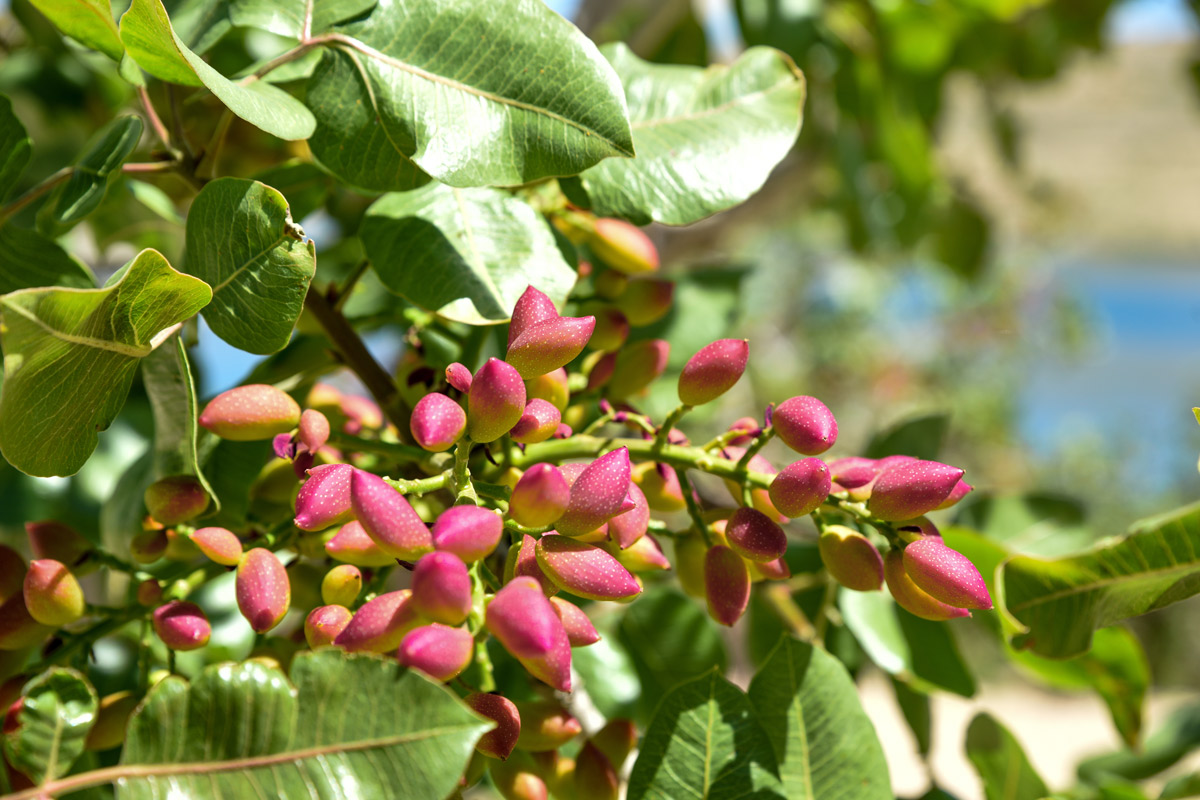
TUSCAN PISTACHIOS
With the support of Pistachos del Sol, ETRURIO has planted in Tuscany the first experimental grove of pistacchio plants with a large variety of different cultivars.
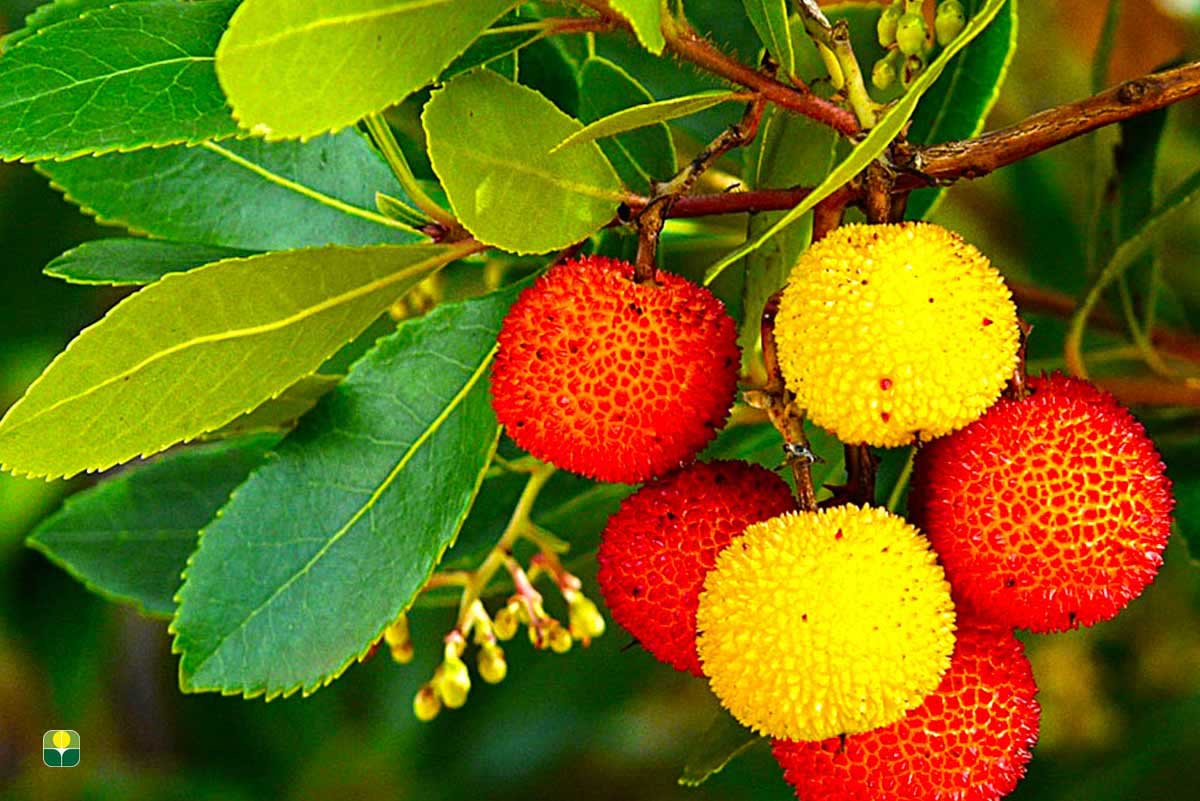
ARBUTUS UNEDO
Leaves and fruits of Corbezzolo have numerous polyphenolic compounds that can be used in nutraceutical and pharmaceutical fields.
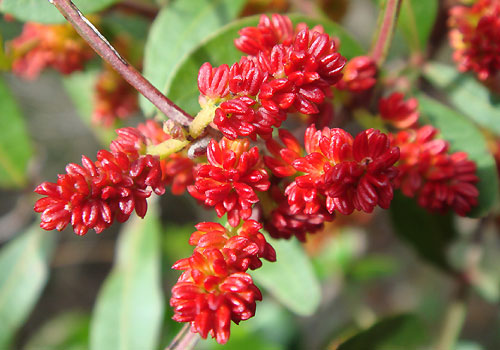
PISTACHIA LENTISCUS
This generous plant can give a superb oil from its fruits, tannins from its leaves and a resin with healing powers from its stem.
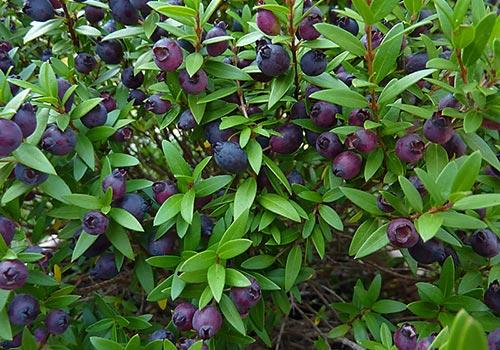
MYRTUS COMMUNIS
Due to its content in essential oil, tannins and resins, myrtle is an interesting plant with aromatic and medicinal properties.
